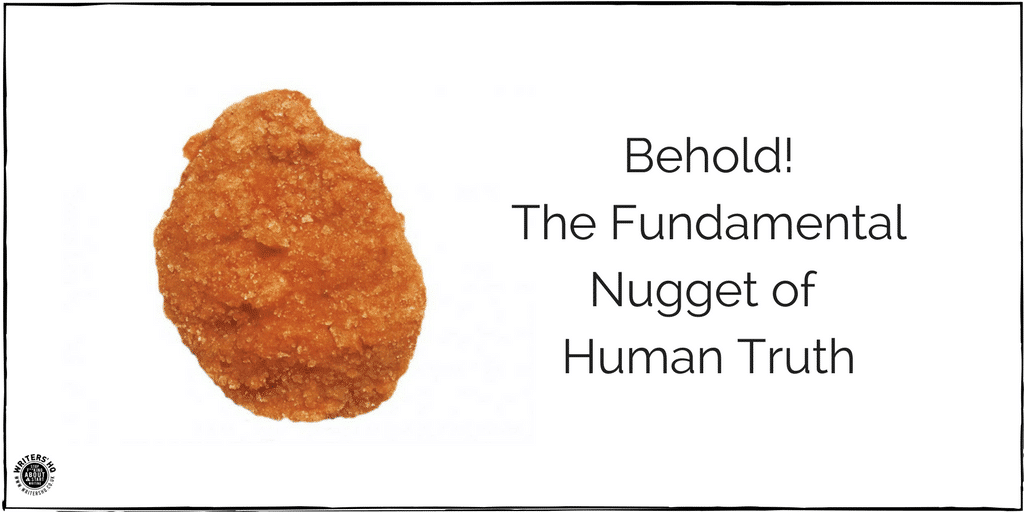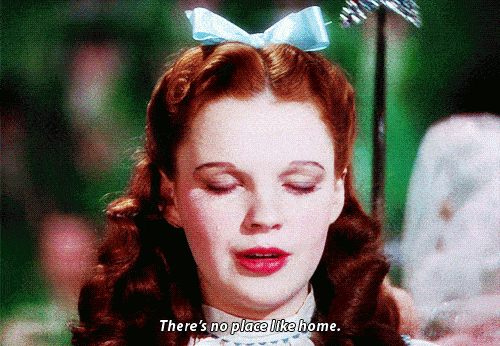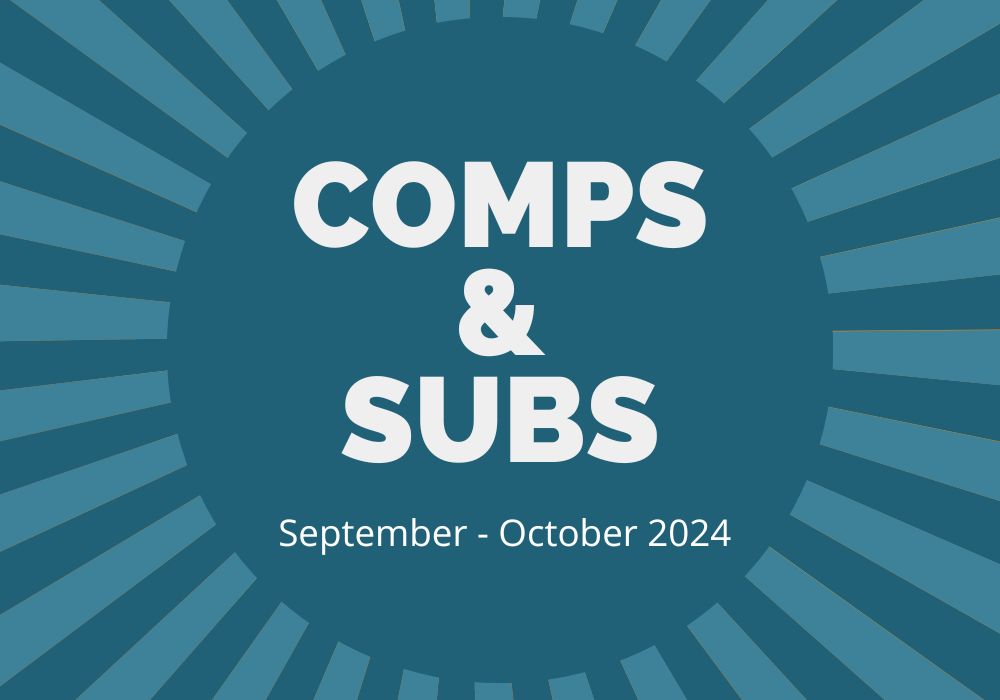
There’s something we keep coming back to whenever we talk about what makes a really great, meaningful story. It’s pretty simple in theory. A little more tricky to put into practice. But when you discover it, hooboy it can make all the difference. And suddenly you’ll never look at stories the same way again…
So what is this big mystical answer to all your writing questions? Well, clue’s in the title of this blog, but in case you need a visual:

In every story, there should be some sort of truth — a fundamental human truth — at its core. Like a little nugget of gold hidden deep inside a mountain. Or a chicken nugget. Whatever.
But this is not the same as the moral of the story, or even what the narrative is ostensibly about. The nugget of fundamental truth is that tiny glowing ember right at the heart of the story that tells us something about what it is to be human.
Think about the last short story or novel you read — chances are you can summarise its ‘truth’ pretty easily with a bit of noggin-work. Such as:
- It’s about the loneliness of motherhood.
- It’s about how we deal with grief
- It’s about feeling trapped inside our own bodies
- It’s about the fear of failure
- it’s about how love conquers all
It’s totally fine to use vague and vast concepts here, because that’s the point. The glorious thing about fiction is that you can write a hundred thousand stories about the same damn thing and it’ll be different every time. But as humans, we can never get enough of those truths. ‘Cause that’s how art speaks to us. That’s how we find meaning and reassurance and belonging and deep understanding in a jumble of letters printed on a page. That’s freakin’ magic.
Take these three fine examples, of varying lengths, all (arguably) riffing around the fundamental human truth of the concept of home.

Those Were the Days by Mazin Saleem
Those were the days when instead of asking strangers, “Where are you from?” you’d ask, “Where have you been?” then sigh at the answer and look back at the mud, which in the dry season was like flaky compacted leaves and in the wet season like sheets of brown paint sliding past you, making you feel dizzy like when you went paddling in the sea and it rushed back through your feet: “This dead city, that dead city.”
(Published in the Open Pen Anthology)
I Am The Painter’s Daughter by Kit de Waal
My Jesus Year by Laura Catherine Brown
CLICK HERE TO READ >>
(Content Warning: cancer, death, seizures)
Will you lookit that? Three totally different stories in every possible way — form, structure, voice, tone, perspective, location, character — and yet each one says something about the see-saw between wanting to return home and wanting to find our own space in the world. The same fundamental human truth hiding behind incomparably differing stories. See? MAGIC.
Of course, you might find something completely different in each one. You might be calling us total bullshit artists behind your laptop screen right now. That’s fine too. The point is — THE POINT IS — that no two (or three) stories are ever the same, no matter what you write about. And there is always (or should always be) some sort of nugget of truth inside them.
So what do you do with this info?
Step 1: Order your nugget
Take one of your own story ideas, or a WIP.
Can you write a one liner that identifies its nugget of fundamental human truth?
Take a minute and have a philosophical ponder about what’s right at its core.
Maybe it’s about the inscrutability of the human heart.
Maybe it’s about the kindness of strangers.
Maybe it’s about accepting your own mortality.
Maybe it’s about the bitter-sweetness of nostalgia.
Maybe it’s about how life is just glorious chaos most of the time.
Find your truth. Write it down.

Step 2: Pick your sauce
Now take that one line truth and let it grow. What other ideas and threads and story nuggets spring from your central truth?
Let’s take the idea of ‘home’ as an example. Can a person have more than one? What makes a place feel like home? Is it about who you’re with or where you are? If you leave your childhood/family home can you ever really return?
Ask yourself questions. Let your train of thought chug away and see where it goes. Explore all the different avenues your truth might take you. And see if the identification of your story’s fundamental truth helps you to develop it into something deeper, or tie it together more tightly, or inspire a brand new approach to structure or tone or character.
Because sometimes the discovery of that truth is the missing puzzle piece to making your story really WORK. Then, whenever you feel lost or unsure about where your story’s going, you have something tangible to refer back to — all you need to do is check in with your truth. And sometimes you realise that truth is completely different to what you thought your story was about. Which changes EVERYTHING (usually for the better!). It helps you plan more effectively, draft with more purpose, and edit with impunity, following that lil’ sliver of truth all the way…

So. What’s your nugget? What makes your story human? What’s the truth at the heart of your writing?
Find it. Follow it. Write the heck out of it.







